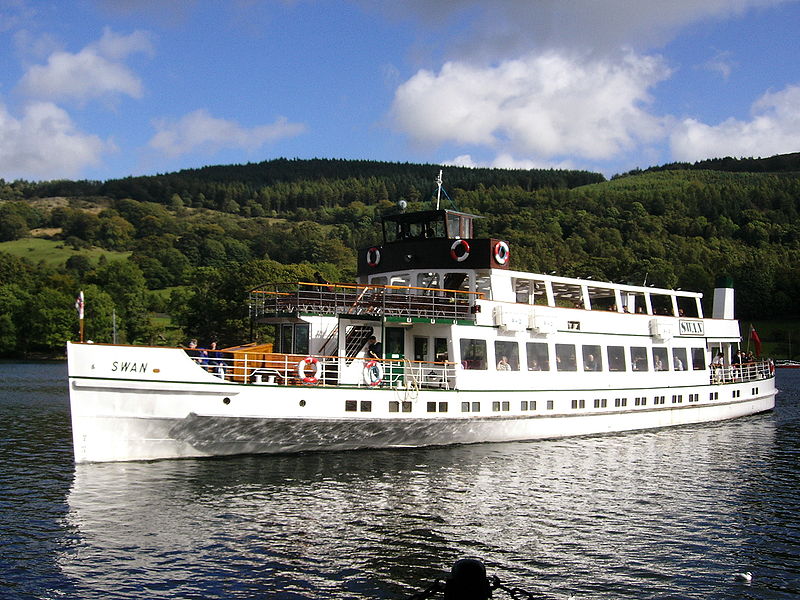Windermere

Facts and practical information
Nestled in the heart of the Lake District National Park, Windermere stands as the largest natural lake in England. This ribbon lake was formed in a glacial trough after the retreat of ice at the end of the last Ice Age. Today, it is a centerpiece of the region, stretching over 11 miles in length and reaching depths of up to 219 feet.
The lake is not only a natural wonder but also a hub for outdoor enthusiasts and tourists seeking tranquility or adventure amidst stunning scenery. Visitors can indulge in a variety of activities, including boating, sailing, and windsurfing. For those preferring to stay on land, the surrounding area offers numerous walking and hiking trails that provide panoramic views of the serene waters and rolling hills.
Windermere is also well-known for its charming lakeside towns and villages, such as Bowness-on-Windermere and Ambleside, which offer hospitable retreats with cozy accommodations, traditional pubs, and quaint shops. The lake's significance is further enriched by its literary connections; it is an area famously celebrated by poets such as William Wordsworth and Beatrix Potter, whose stories and poems echo the natural beauty of the region.
England
Windermere – popular in the area (distance from the attraction)
Nearby attractions include: Hill Top, Windermere Jetty, St Martin's Church, Blackwell.
















